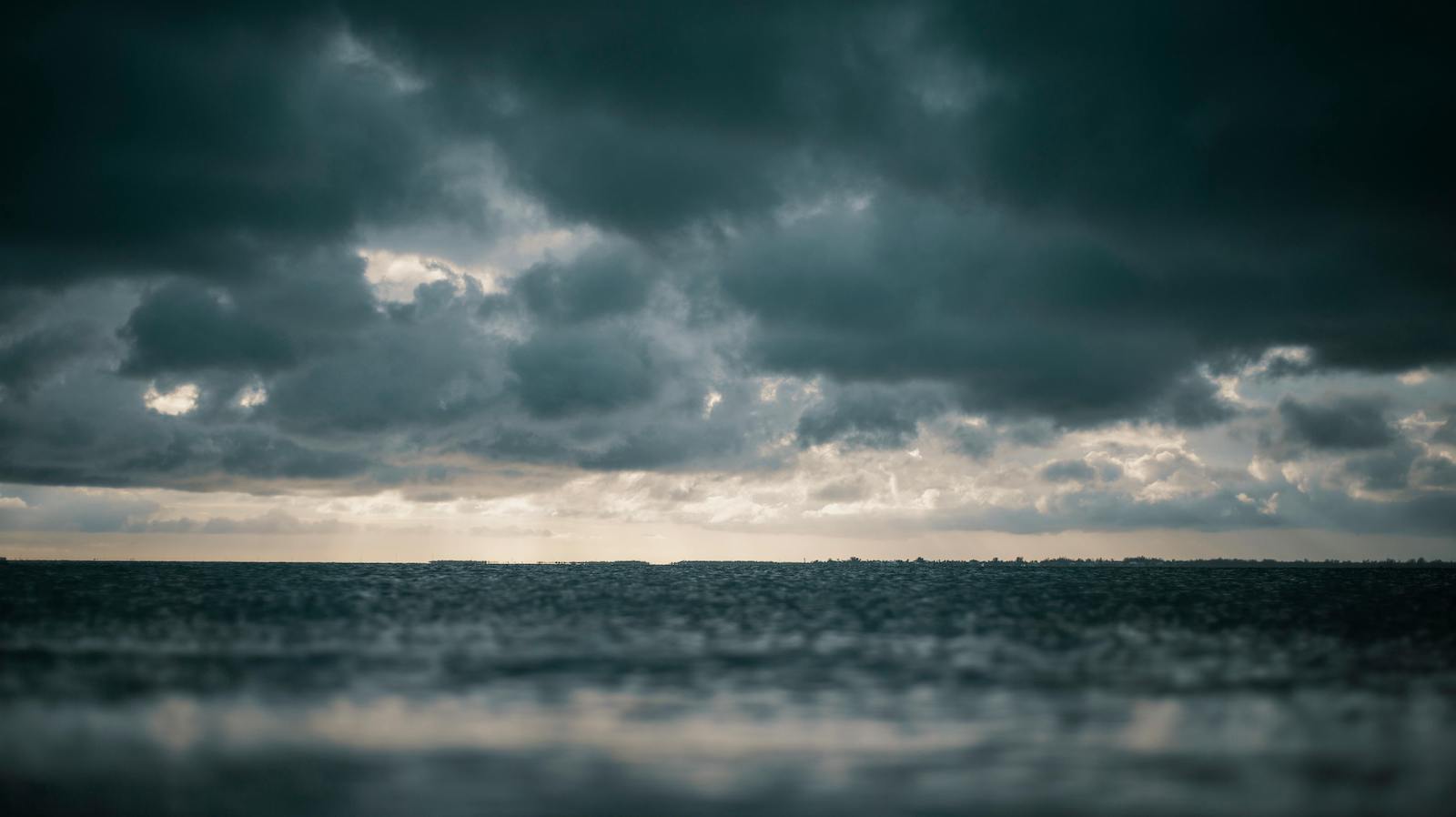Hurricane season is here as weather-related losses continue to torment insureds and insurers. Just last year, data from the annual Natural Catastrophe and Climate Report by Gallagher Re found that global insured losses from natural catastrophes reached approximately $123 billion, the fourth consecutive year losses exceeded $100 billion.
Across the board, my company, Pennsylvania Lumbermens Mutual Insurance Company (PLM), is seeing rising claims from a range of storm events, including wind and hail, hurricanes, lightning, tornados, wildfires and more. An increase in events like these has led to a surge in losses, but even with this uptick in frequency, as insurers we know we can reduce our risk by helping our policyholders reduce theirs.
While storm risk exposures may be nothing new to insurers, during times like this, it becomes even more important to work with policyholders to help them understand their unique risk exposures to storms and to help them navigate that risk.
Learning From Losses
At PLM, we’ve seen the value of thoughtfully implemented comprehensive risk mitigation time and time again. Sharing sample loss stories can be an easy way to get policyholders to see the value in risk mitigation and see why a focus on weather safety is important. Insureds need to understand the implications of a loss, and claims stories can paint a vivid picture.
With our expertise being wood-related businesses, we can share loss stories that connect with our individual insureds. For example, last year, a lumberyard owner experienced straight line wind damage to several buildings on their property to the point where they were forced to temporarily shut down operations. Without emergency response supplies on hand, recovery was delayed, extending the business shutdown and leading to unnecessary financial loss. Adequate risk mitigation and storm safety planning could have prevented some damage and sped up the time it took the business to get back up and running.
In a separate incident, the owner of a lumberyard in New Orleans suffered a massive loss from a hurricane – a loss that could have been prevented. The lesson to learn here revolves around the business owner’s purchase of used air ducts to upgrade their ventilation systems and failure to secure them during installation. When the hurricane hit, the ducts flew off and destroyed the roof. If these ducts had been properly secured, this multimillion-dollar loss likely could have been avoided.
Sharing stories like this can emphasize to policyholders the value in creating a formal disaster plan and leveraging other risk mitigation tactics. Purchasing emergency supplies, including tarps and duct tape, investing in remote electrical systems, conducting regular maintenance and understanding the risks of taking shortcuts on repairs can offer policyholders a crucial line of defense.
Motivating Your Policyholders
See also: Lessons From Florida's Hurricane 'Mean Season'
While it may be self-evident to those of us in the industry that it is a smart business move for policyholders to invest in risk mitigation practices, how do we get them on board?
Regular policy reviews can open the door to share those loss stories and remind insureds to keep their policies up to date and invest in risk mitigation, particularly as we face an increase in storms.
Insurers and producers should be taking time to set up regular property tours and review disaster safety plans with their clients. These meetings should provide a comprehensive audit of those plans to ensure common disaster safety issues are covered and proper risk management policies are implemented.
Once the client has a better understanding of their policy and the value of risk mitigation, you can share more specific risk mitigation best practices with them – particularly as they relate to storm safety. As we continue to navigate these weather events, risk mitigation conversations should include the following best practices:
For Wind Storms:
- Roof Maintenance: Staff members should be conducting regular roof and building inspections and developing safety plans. Insurers should recommend a roof expert examine their structure to confirm there are no clear weaknesses. In this maintenance period, staff should also regularly trim trees to prevent accumulating additional debris.
- Securing Loose Items: If a hurricane warning is issued, secure any loose items, tie down any lumber and move critical equipment inland if the property is large. For larger, more difficult items to secure, consider tying items together so they serve as an anchor to each other. Ensure all doors are closed, as well.
- Tornado Safety: Like hurricanes, most tornados are strong enough to remove roofs or toss trees around the property. If an insured is located in an area with tornado activity, materials should be stored on the east of any structures. This will reduce the risk that heavy materials hit structures if debris does begin to fly.
For Wildfires:
- Limit Fire Fuel: We recommend insureds maintain a large distance from vegetation to building exteriors. All vegetation should also be regularly trimmed. This will limit fire fuel, and in the event the vegetation does catch fire, the distance from the building may prevent it from damaging facilities.
- Develop Non-Smoking Policies: Non-smoking policies should thoroughly highlight the fire-prone areas where employees cannot smoke and include a safe location for smoking.
- Consider Technology: Investing in the right technology can also be critical. For example, some businesses use automatic sprinklers that detect fires and respond accordingly. In lightning-prone areas, we have also seen lightning suppression systems limit the chance of a fire caused by a lightning strike.
For Lightning Strikes:
- Invest in Lightning Protection Systems: This should include surge protectors, and verify that the electrical ground is working, with adequate grounding rods, and that antenna masts are properly grounded with a separate grounding system. This will limit the damage lightning can cause to high-value equipment and technology and reduce the chance of an electrical surge.
- Stay Away From Electrical Equipment: In the event of a lightning storm, businesses should also ensure people stay away from electrical appliances, windows and telephones and avoid any isolated trees. Take shelter in enclosed buildings or vehicles.
Finally, a good disaster safety plan will outline the key risk exposures at the facility, determine a disaster response team and recovery plan and establish protocol in the event of an incident.
Insurers should work with their clients to develop this plan and revise the plan annually to confirm they are acting safely. They also should recommend regular staff training on disaster safety, so team members know how to act when in danger. A formal response plan can make all the difference in this type of dangerous situation.
Policy Reviews
While we’re focused on risk-mitigation here, policy review also presents an ideal time for producers and insurers to work with policyholders to confirm their property is adequately insured. Insurers can also use this opportunity to educate their clients on the topic of insure-to-value. Many business owners do not know that if they have incorrect limits or property or inventory on site that they have not discussed with their insurer, they may have to pay for the damages themselves.
Additionally, a policy review provides an opportunity to let clients know that replacement costs remain high due to the supply chain shortages. Insureds will not want to find out when it’s too late that the cost to replace or rebuild their property or inventory is much higher than expected because they had not had their facility examined in some time.
See also: Disaster Fraud: The Dark Side of Insurance Claims
Your Role as a Trusted Partner
In these conditions, one of the best tactics for an insurer to demonstrate their value is to serve as a trusted partner.
Natural disasters and weather events remain a leading loss driver in insurance. Too many business owners remain unprepared for the range of challenges a storm can bring to their operations. Insurers and producers should take time to ensure their clients understand the challenges facing their businesses and have the right safety practices in place to protect their team, their customers and their work.






